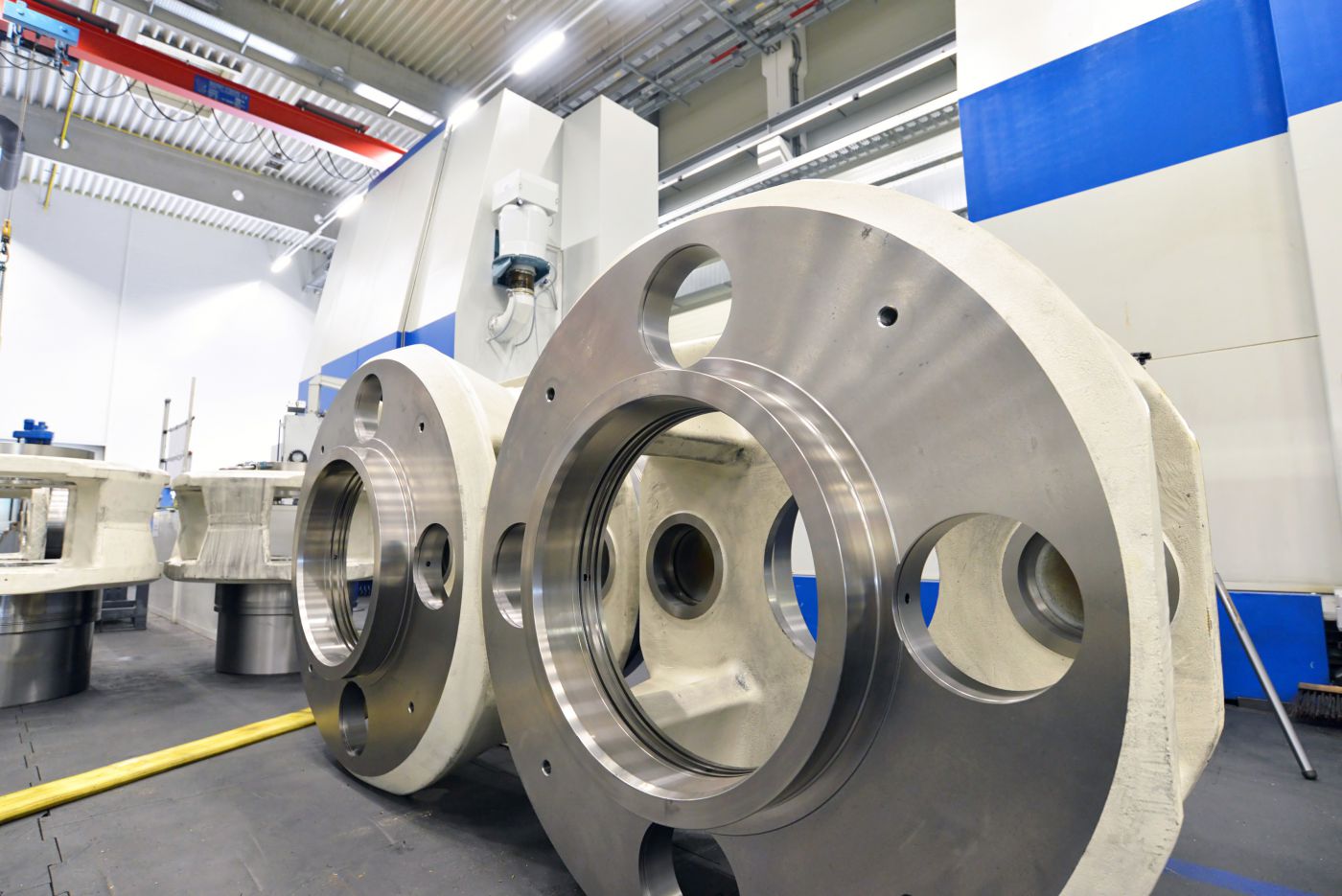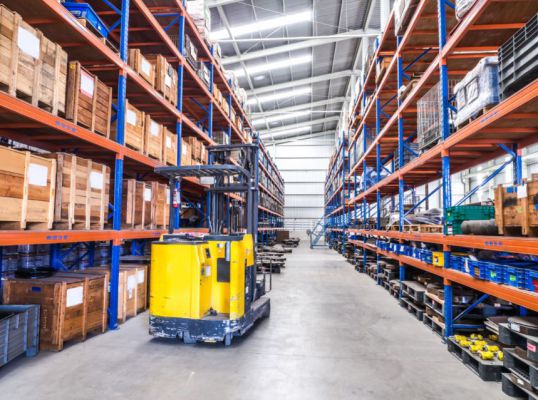When it comes to inexpensive components, like lubricants or rubber parts, it makes sense for operators to maintain high levels of stock. For more expensive components, however, like gearbox bearings, stockpiling makes less sense. Operators often can’t afford numerous duplicates. Therefore, the key to successful inventory management is not allocating your budget to expensive spare parts, but rather precise planning.
First and foremost, operators must decide how much of this process they will manage themselves. There are plenty of outsourcing options. Maintenance service providers offer inventory management and support in many forms, including on-demand parts supply and all-in-one maintenance packages.
Unleashing the potential of data
Data plays a vital role in effective maintenance planning and spare parts management. Having a rough idea of a component’s service life isn’t good enough. If guesswork is the norm, operators faced with unexpected breakdowns won’t have the spare parts to resolve the issue.
Operators should have their own data, and many do, but service providers typically have more precise predictive capabilities. Maintenance service providers usually have bigger datasets, drawing detailed information from large numbers of turbines facing diverse environmental conditions. Data accumulated over time can provide accurate forecasts for component lifespan and allow for more cost-effective stockpiling or preemptive maintenance.
Use a trusted and reliable supplier
Even with the best maintenance planning possible, operators need access to a range of replacement parts. This is particularly important for critical components, as lead times can be many months. If companies don’t stock wisely from a trusted supplier that only deals with legitimate goods, they could risk purchasing faulty, counterfeit parts, which may prematurely fail or even be dangerous. Not only do new parts require high levels of investment, but if operators find themselves in need of a critical component, they may have to pay significantly over the odds for it. An OEM or specialist will be best placed to supply replacements and provide a clear overview of everything that is available. Having an expert in this role can be a real benefit. Imagine a scenario where a damaged part isn’t available, but a third-party expert sources a workable alternative.
If it’s broke, most certainly fix it
Predictive diagnostics is another piece of the maintenance puzzle. This provides businesses with the opportunity to improve rotating equipment performance. If a bearing is frequently failing before the associated bearing rating life calculation, even if just by a small margin, it is usually a sign that something isn’t right with operating conditions. Operators should not just replace this part, as the issue will reoccur. Instead, operators should look deeper. Finding the root cause of an issue and resolving it will save time and money in the future. If a company doesn’t have the resources or knowledge available to do this, a service provider is the best bet – as they should be experienced in such matters.
Knowledge holds the key to optimized inventory management
There is no one-size-fits-all solution for inventory management. Factors such as the size of the wind farm, the environmental conditions, and even individual uptime targets play a role in determining what is right for each company. Carefully and strategically planned maintenance is a deciding factor in developing a harmonious relationship between spare parts, uptime, and power output. By adopting a data-driven approach, operators can ensure long-term reliability and profitability.



